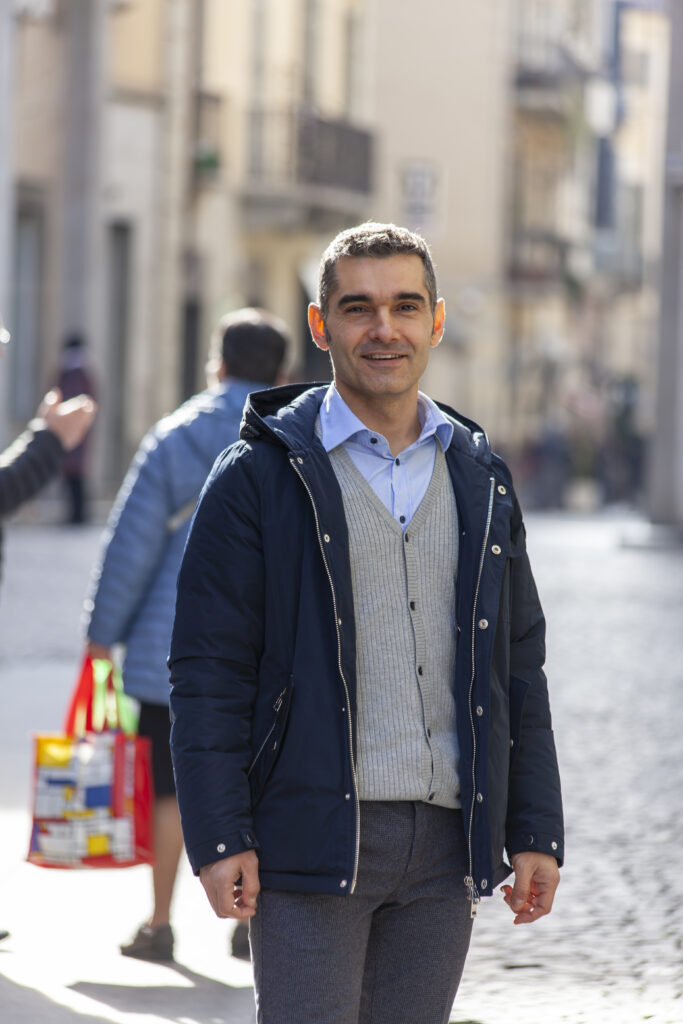Institutions
Prevention through public initiatives
Prevention is a complex issue, and for it to be effective, it must start with educating citizens and raising awareness on the topic. This requires a joint effort, not only from doctors and healthcare personnel but also from public administrations.
Alessandro Sicchiero, mayor of Chieri since 2019, highlights the important role institutions play in promoting health protection through specific campaigns or initiatives.
«There is a very close and important collaboration with the ASLs (local health authorities) regarding community health prevention. As mayors, we are responsible for the health of our citizens. While there are limits and operational boundaries that don’t overlap with the ASLs’ work on primary prevention, there is a significant collaboration on secondary prevention. It involves behaviours, education, and quality of life—areas where administrations can make a difference».
This cooperation enables citizens to improve their quality of life and take quick action in case of illness or critical situations, which are then handled by the ASLs and hospitals. Prevention also means sparing resources that may be used elsewhere. Thus, working on prevention is both beneficial and cost-effective, as it reduces expenses for the ASLs, the State, and ultimately the citizens.
Sport and prevention
One of the most impactful ways to improve quality of life and promote prevention is through physical activity. This doesn’t necessarily mean competitive sports; a simple walk or exercising in the park using gym equipment can suffice.

«Let’s not forget that any physical activity, like walking, also helps with social interaction. An aspect greatly affected during COVID – Sicchiero continues -. We saw the emergence of many health problems, not only due to reduced movement but also because of less socialisation. The psychological toll led to a decrease in quality of life and, in many cases, hospitalizations».
Local administrations can use communication and campaigns to promote these activities. «In Chieri, we’ve worked to give citizens green spaces where they can socialise and engage in simple, healthy outdoor activities at no cost. These spaces should be accessible to everyone, overcoming income barriers – explains the Mayor -. Parks like those in Patch, Falcone e Borsellino, and San Silvestro are spread across the area. They offer a welcoming, safe environment with proper lighting and clean surroundings for all ages».
To ensure the work being done isn’t wasted, every citizen must take care of these spaces as common goods. In this way everyone can benefit from them.
The network between the Municipality, ASLs, and other entities
Any plan of promoting physical activity must be done in collaboration with the ASLs. There are intervention plans, many focused on prevention, as well as budget allocations for initiatives aimed at protecting the health of citizens and communities, like urban planning.
Urban planning decisions have long-term effects, often taking years or even decades to materialise. «Grey cities, with too much construction and few open spaces, are places where citizens generally suffer more. Both physically and mentally, leading to higher healthcare costs», says Sicchiero.
Equally important is the connection with local associations. The collaboration between administrations and sports clubs is another key element in working with young people on a large scale. «Chieri was awarded the Urbes prize. The acronym stands for urbanisation, well-being, and health, and it recognizes years of effort. We also signed the ‘Health in Cities as a Common Good’ manifesto. Lastly, promoting the region through initiatives like the Don Bosco Path and other tourism and food-related activities contributes not only to improving the health of citizens but also to their overall quality of life», Sicchiero concludes.























